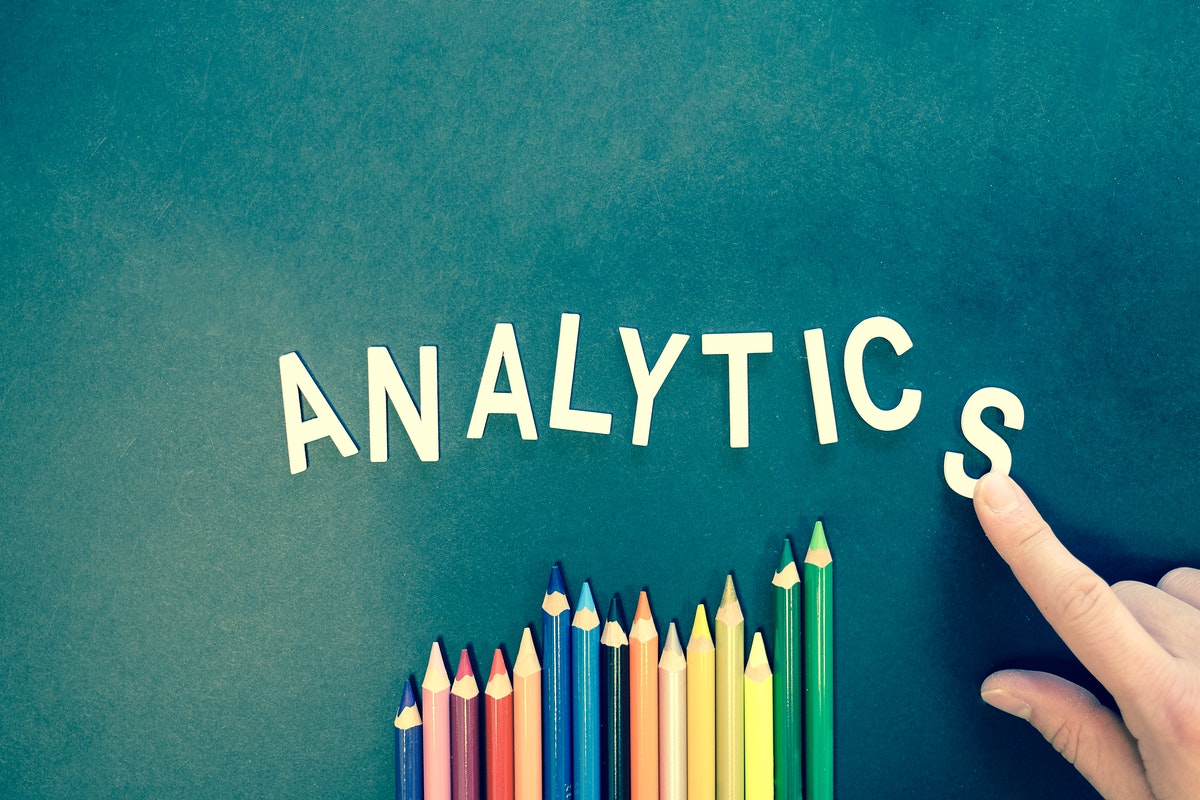The increasing volume of data is one of the significant reasons why data analytics has become a crucial part of every industry. The revenue generated from big data globally is estimated to be $274.3 billion. The big data industry is growing exponentially due to the increased mobile data, the advent of IoT, cloud computing, and other trending technologies. This contributes to complex and high data volumes that trigger this technology.
The inception of Big Data and Analytics in the education sector has led to more data-backed decisions and efficient systems. The support of data analytics has improved the workflow, educational processes, and even the curriculum to a great extent. Enrollment, administration, and even curriculum require a lot of thought in the case of higher education. You will need to gain support from Big Data to identify the best practices and improve education standards.

Top Benefits of Analytics and Data in Higher Education
Key decision-makers rely on the data to understand their target market and personalize the solutions. The higher education segment is no different. Here is how data and analytics can help bolster the industry and provide reliable solutions. Analytics resources, like business analytics certification course by UCI, provide critical tools to increase your understanding. Specifically:
1. Boosts Retention
Your target market comprises students, teachers, and administrations. By understanding them, you enhance your processes and create better workflows. The data will help you know what motivates the user to decide.
You have acquired a few students for the first term at your newly opened college. However, you notice low attendance and a downward trend in attention spans. This can prove expensive for your college if you experience attrition at this stage.
You want to ensure that you can retain your students. For this purpose, you will need to understand the main issues the student is facing and the possible solutions you can offer them.
The data will provide insights into why the attendance is low and what is demotivating your college students. Eventually, it will help you make the right decision and improve retention. This is just one use case for understanding your target market.
2. Branding and Visibility
Your institution’s branding and visibility play a pivotal role in acquisitions. You can accomplish your targets with ease through promotions, quality services, and better ranking.
Various surveys are conducted at the school and college levels, which helps with branding. The school teachers, students, and parents become advocates and help boost visibility.
The satisfaction score and net promoter score metrics can help you know where you stand. It can help you identify better ways to enhance your branding and reach more markets.
Every bit of data you acquire will help you know how best to improve your standing and enhance visibility.
3. Shapes the Policies
The first question that every educator or management at an education institution asks is what is not working at the institution. If you are noticing a high attrition rate or observing a downfall in the number of admissions, you might want to check what is not working with the target market.
Apart from resolving the issues, you can also rework stringent policies that are causing a significant chunk of your audience to move away from your institution.
The data will tell you the policies your target audience isn’t ready to embrace. You will get ample reason to know why it is happening. As a result, you make the right decision and redefine the policy to make it more inclusive.

4. Predicting Student’s Future
You can use multiple algorithms to improve the success rate of your students. One of the many ways analytics is used in higher education is to determine if the student will succeed at your college. Based on their past scores and the subjects they have been struggling with, you can decide if they will succeed at your institution.
Similarly, you also know if the student will stay for a long while with your institution or move away at the first chance available. For example, some students might be admitted to your college to ensure a seat. If they get through their preferred institution, they might drop out of your college and take admission elsewhere.
5. Smart Recommendations
When you use prescriptive analytics, you get the prescribed route your institution should follow to resolve the issues. If your learning management system comes with a steep learning curve, the data and analytics will help you realize the best way to move forward.
Similarly, if you have been experiencing a lot of drop-outs, you can check the algorithm to seek a recommendation that can help you combat this challenge.
Conclusion
Higher education can gain more by implementing Big Data and Analytics. You can enhance the quality of education, offer more smart recommendations and bolster retention. You can improve the workflow and processes to suit your target market with time.
Big Data offers numerous opportunities and helps unlock untapped markets that can benefit you as an institution owner or educator. You will need a good strategist and analyst to unveil the hidden insights to improve your decision-making.